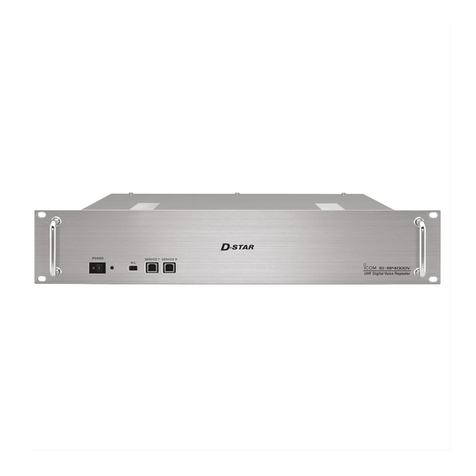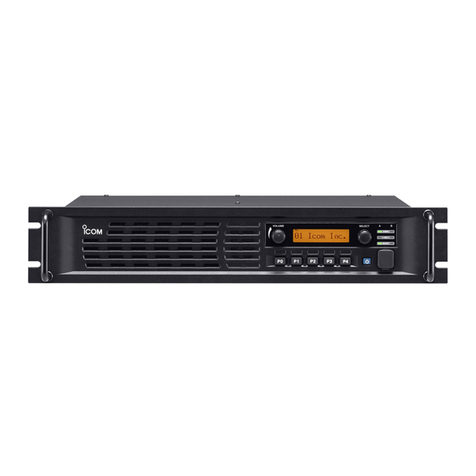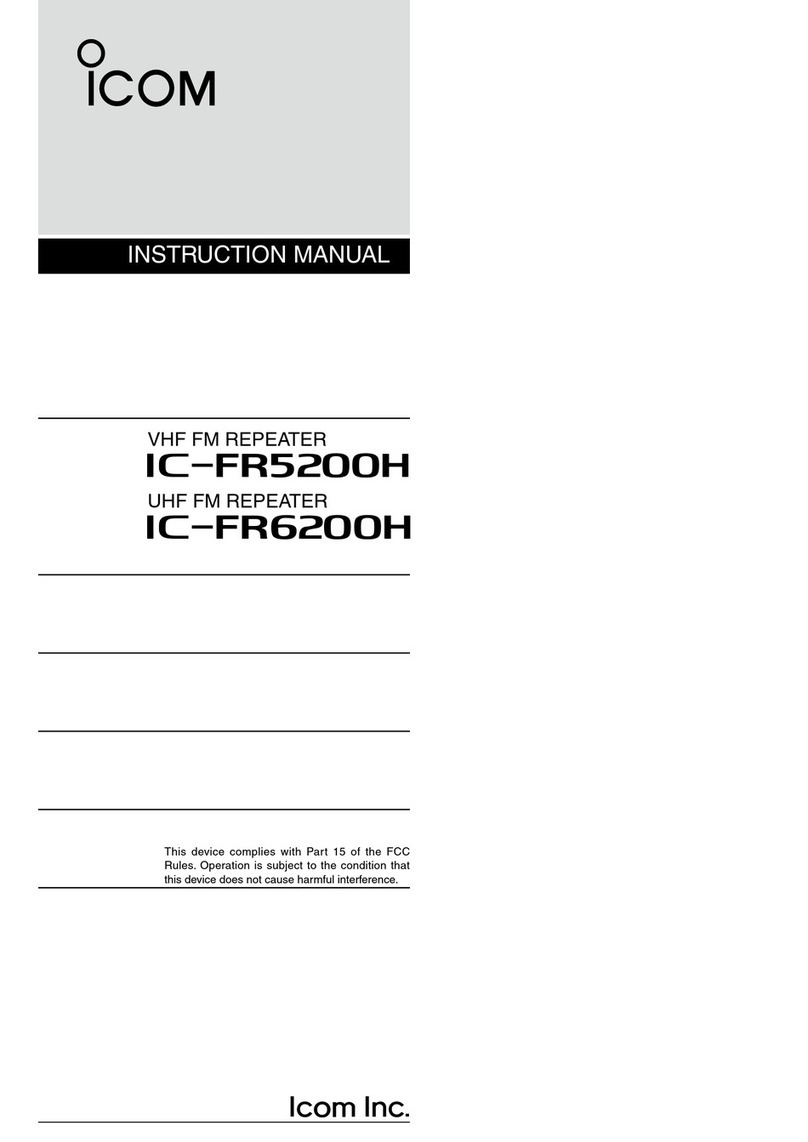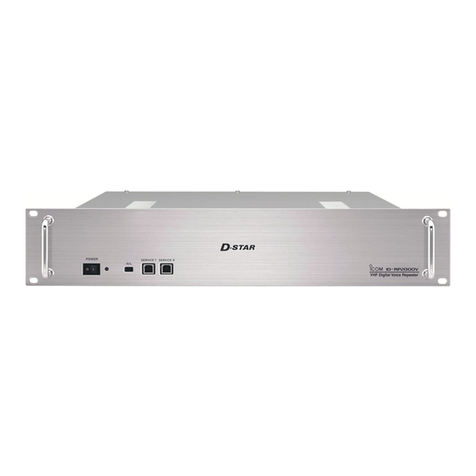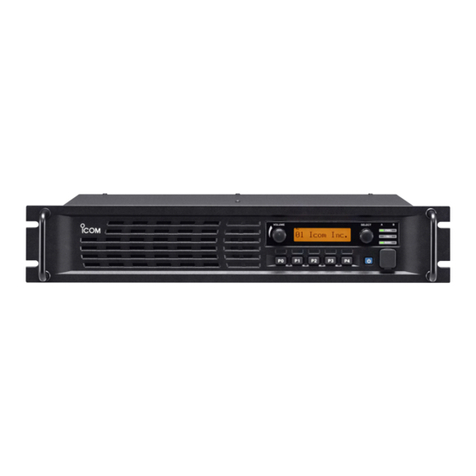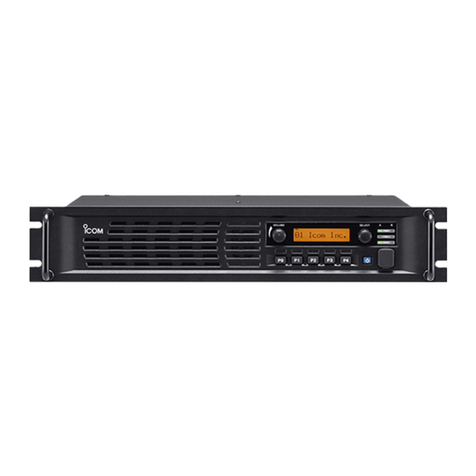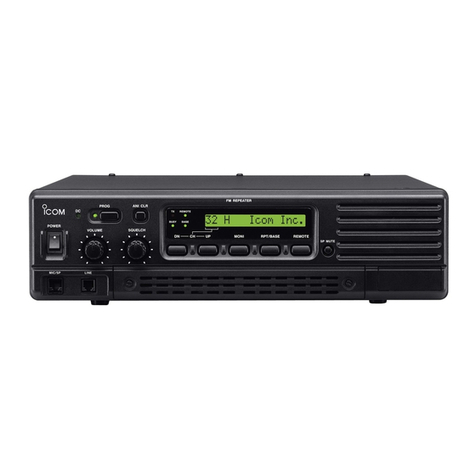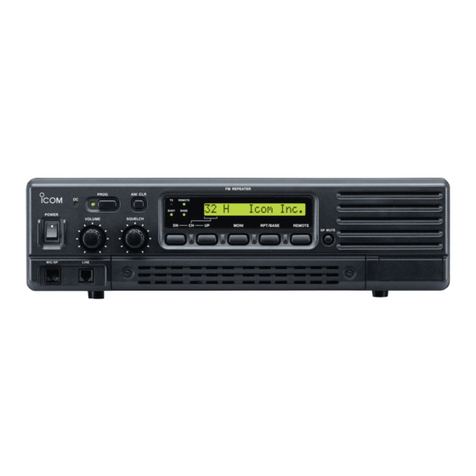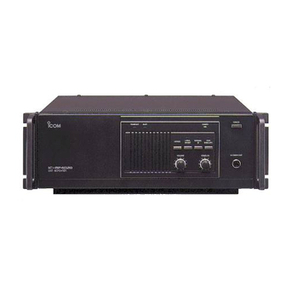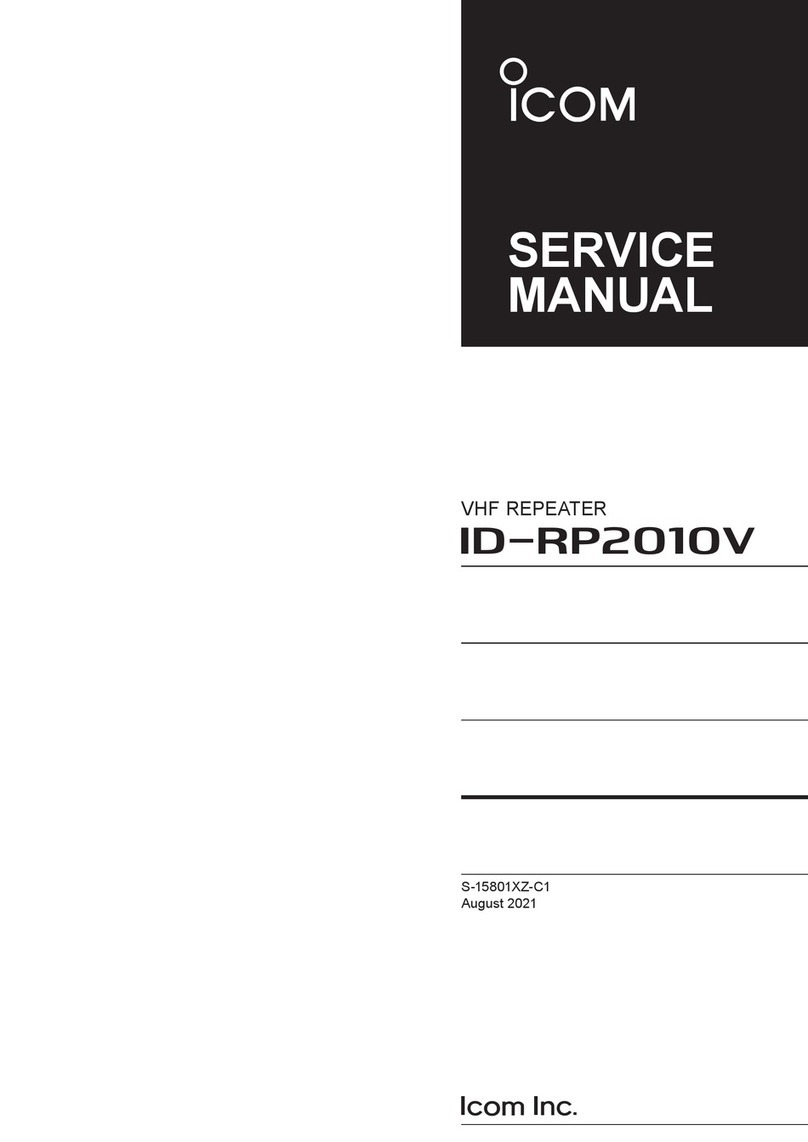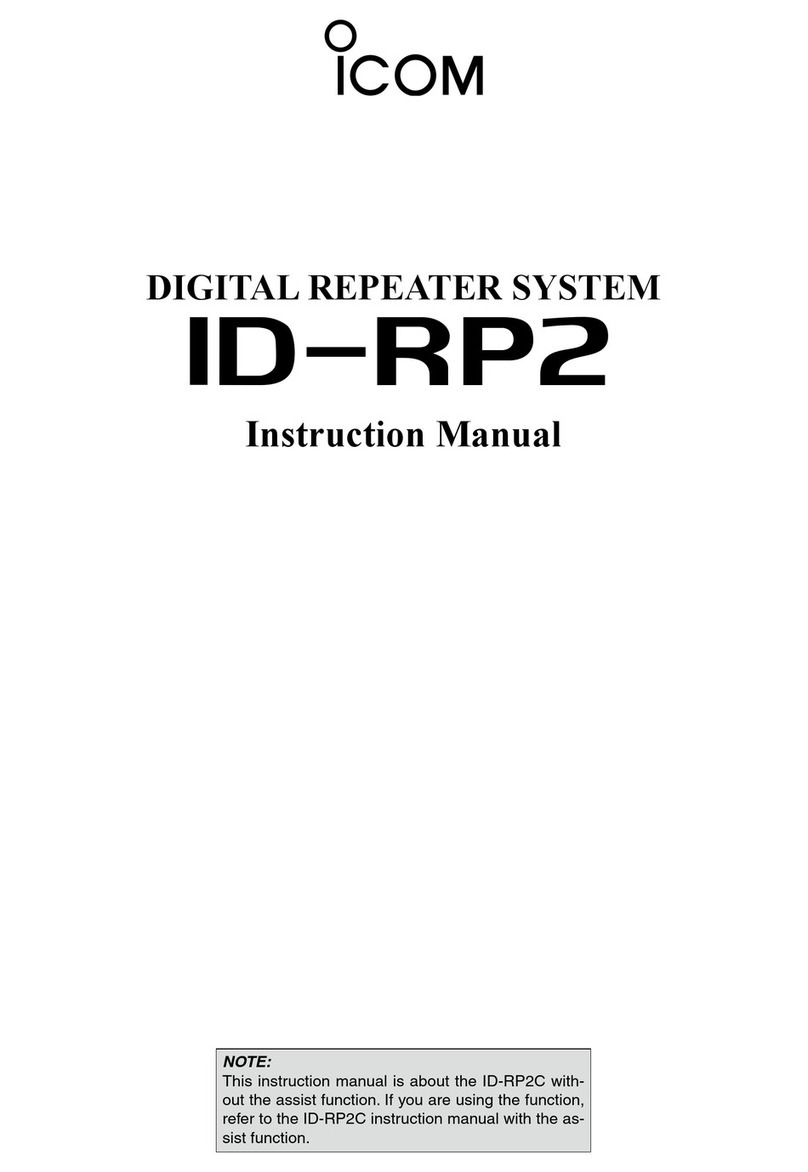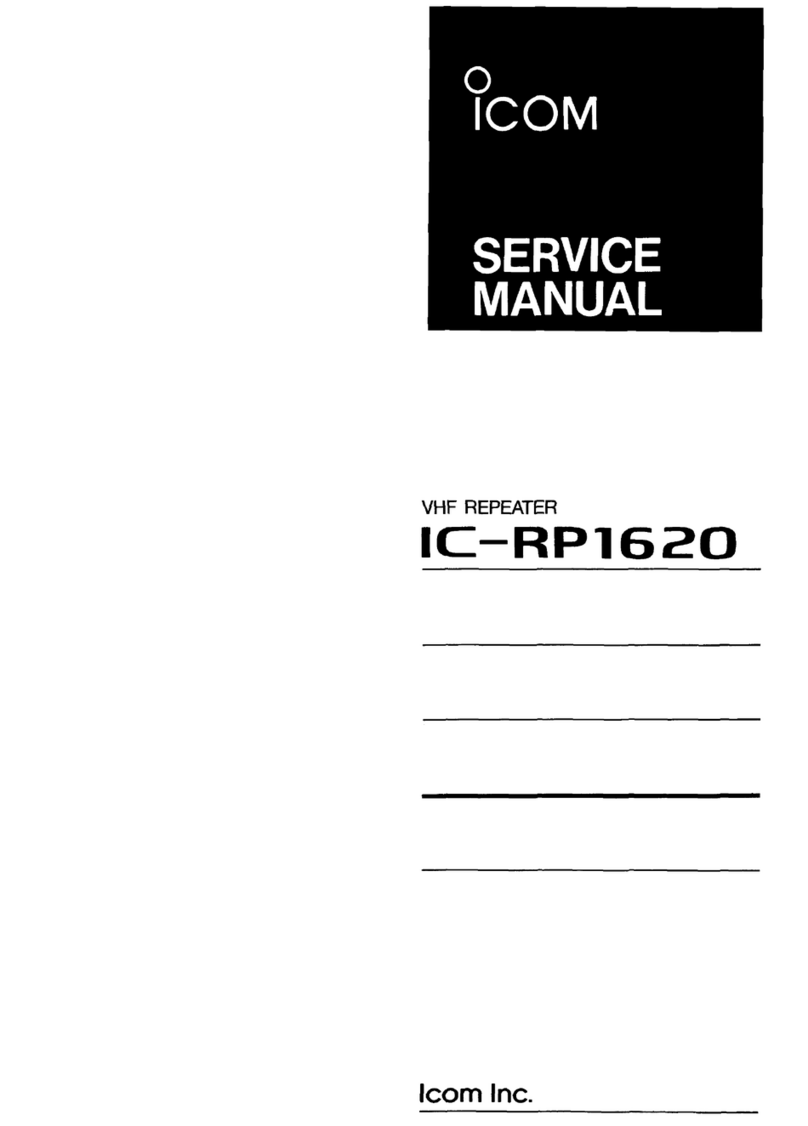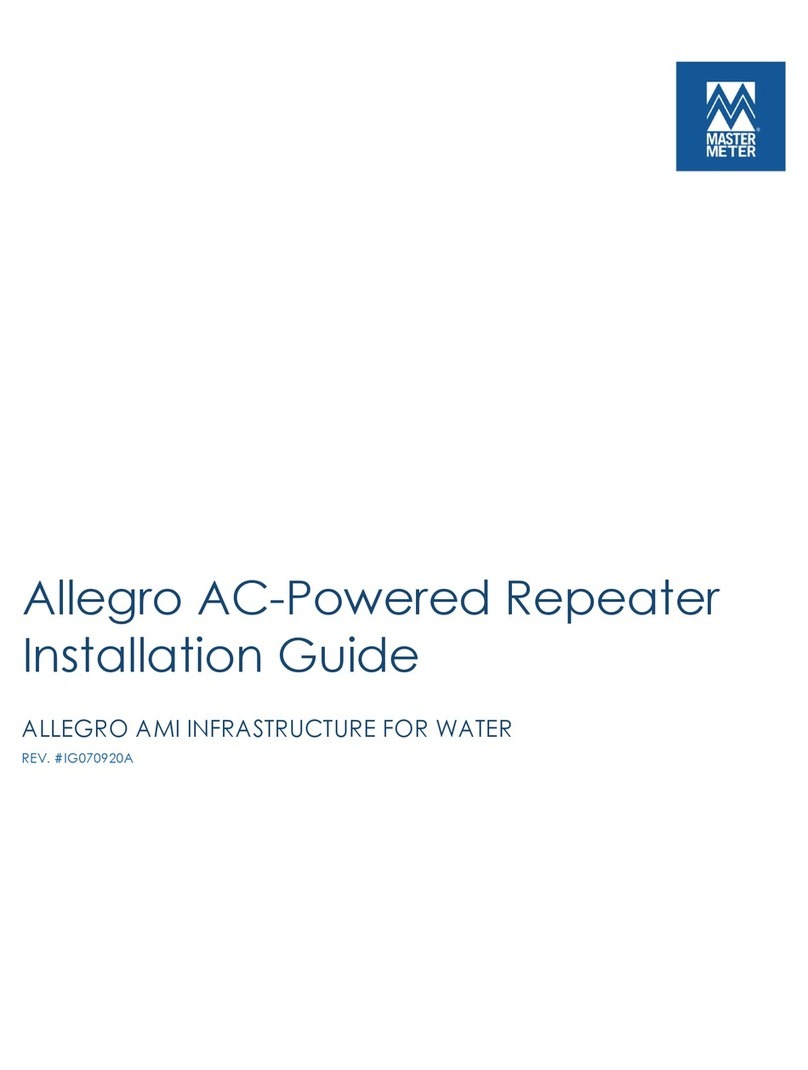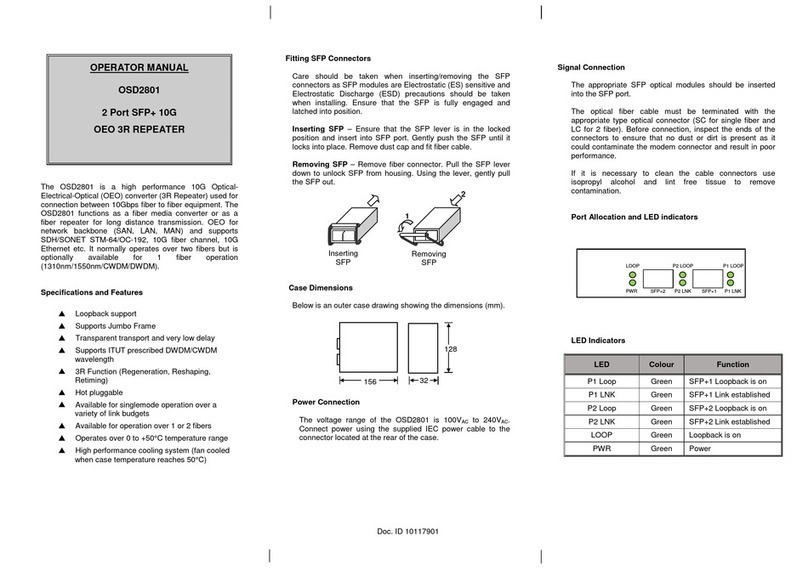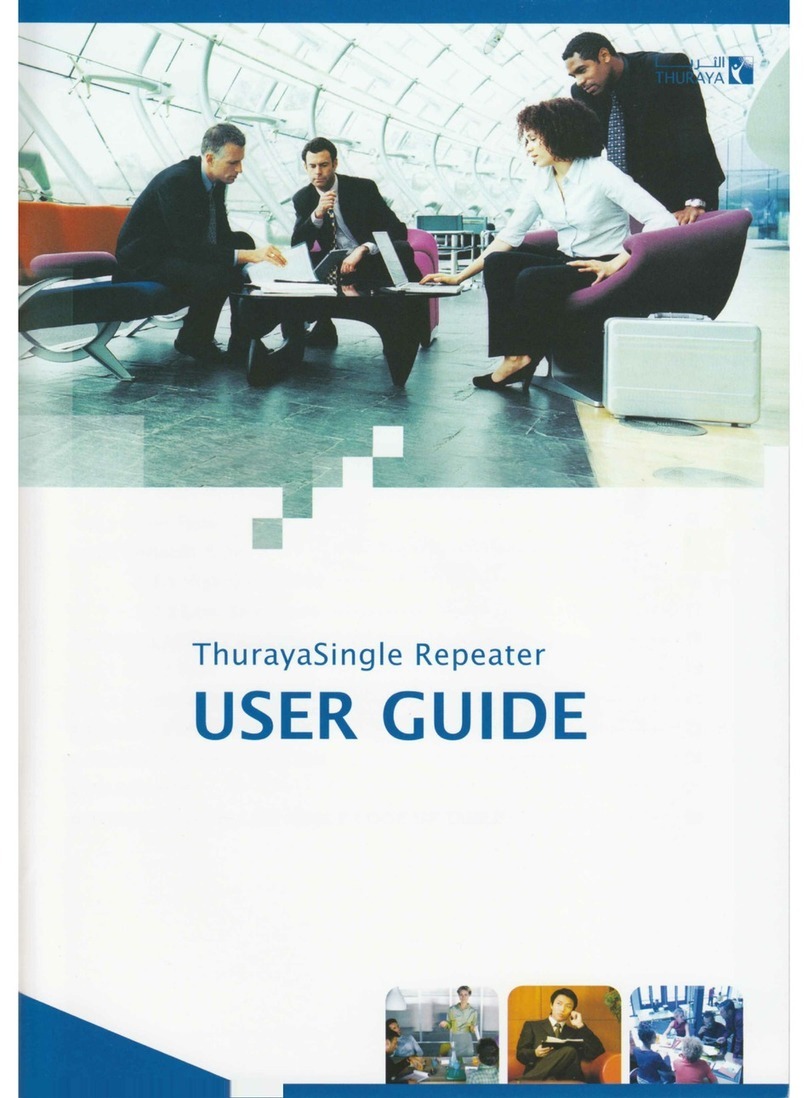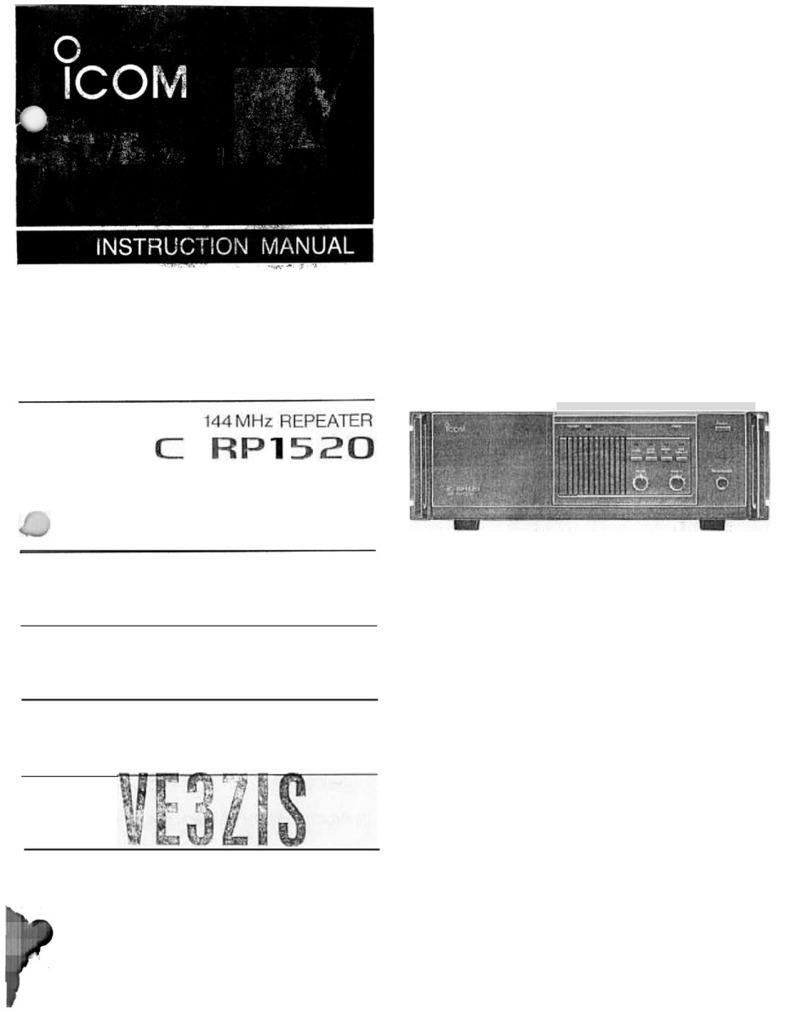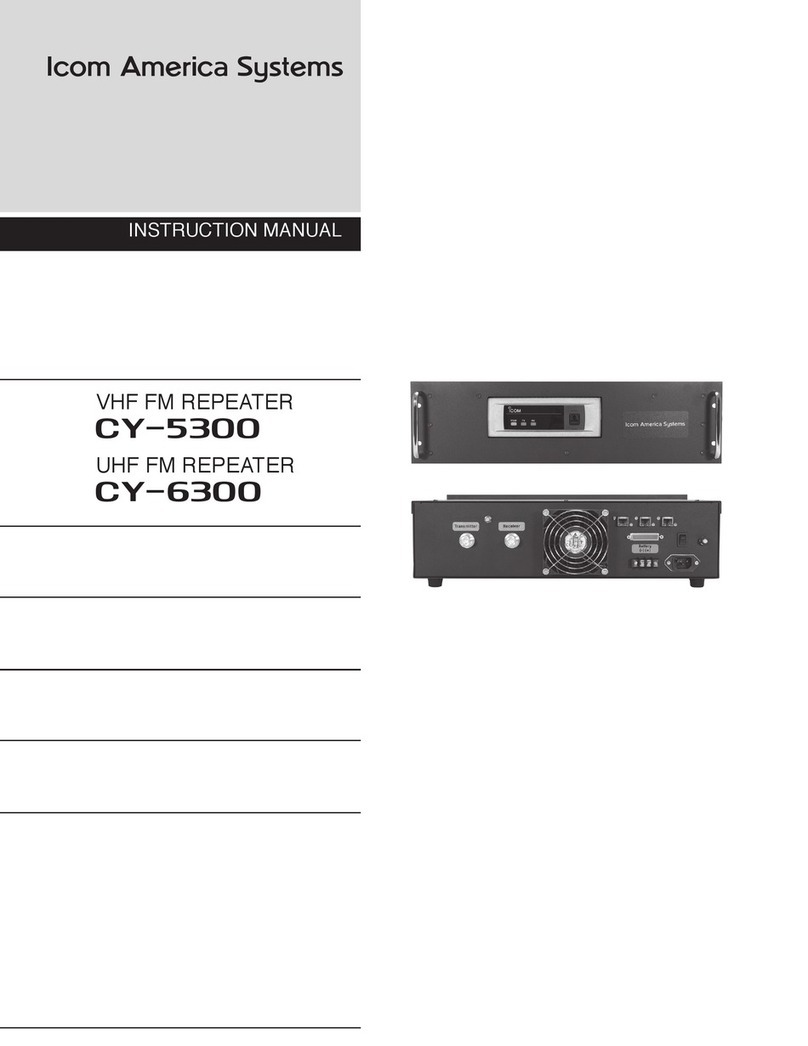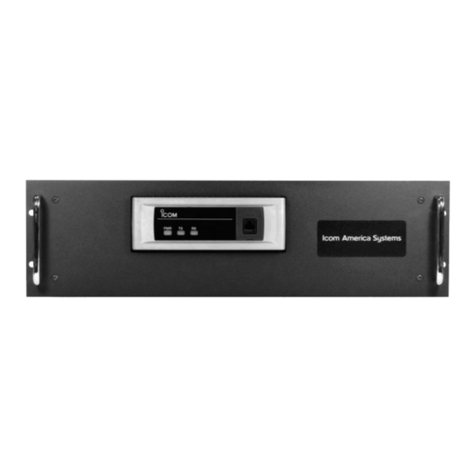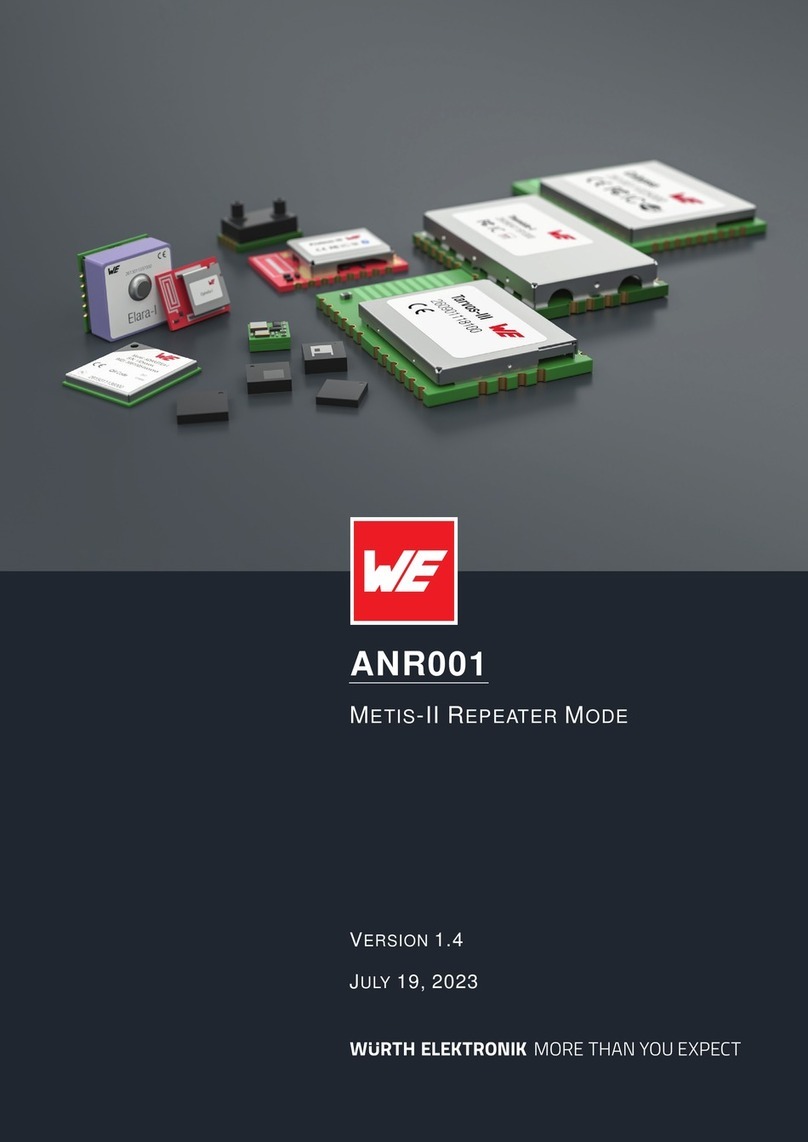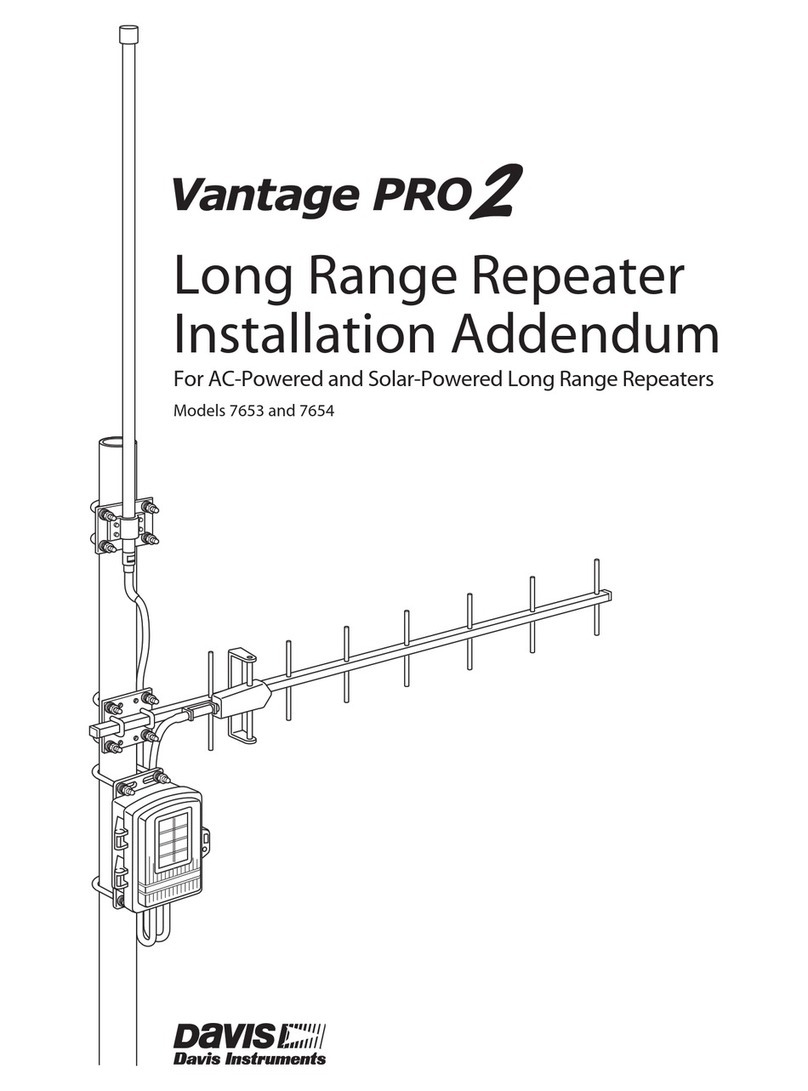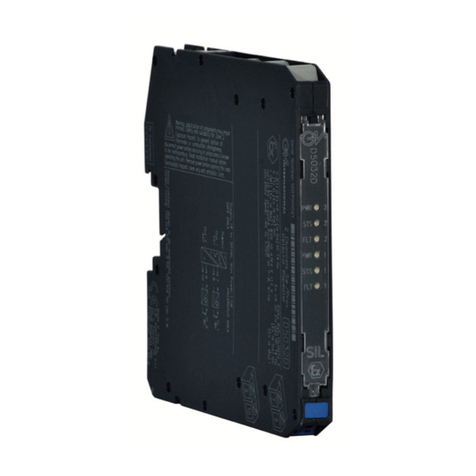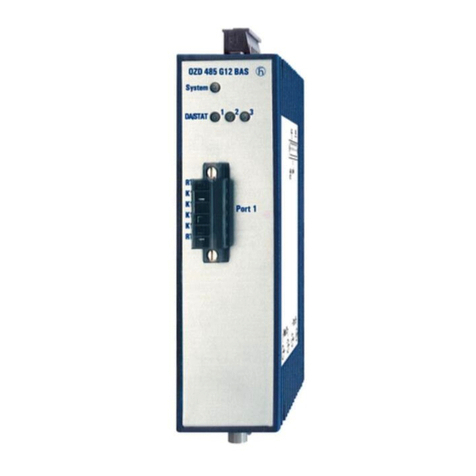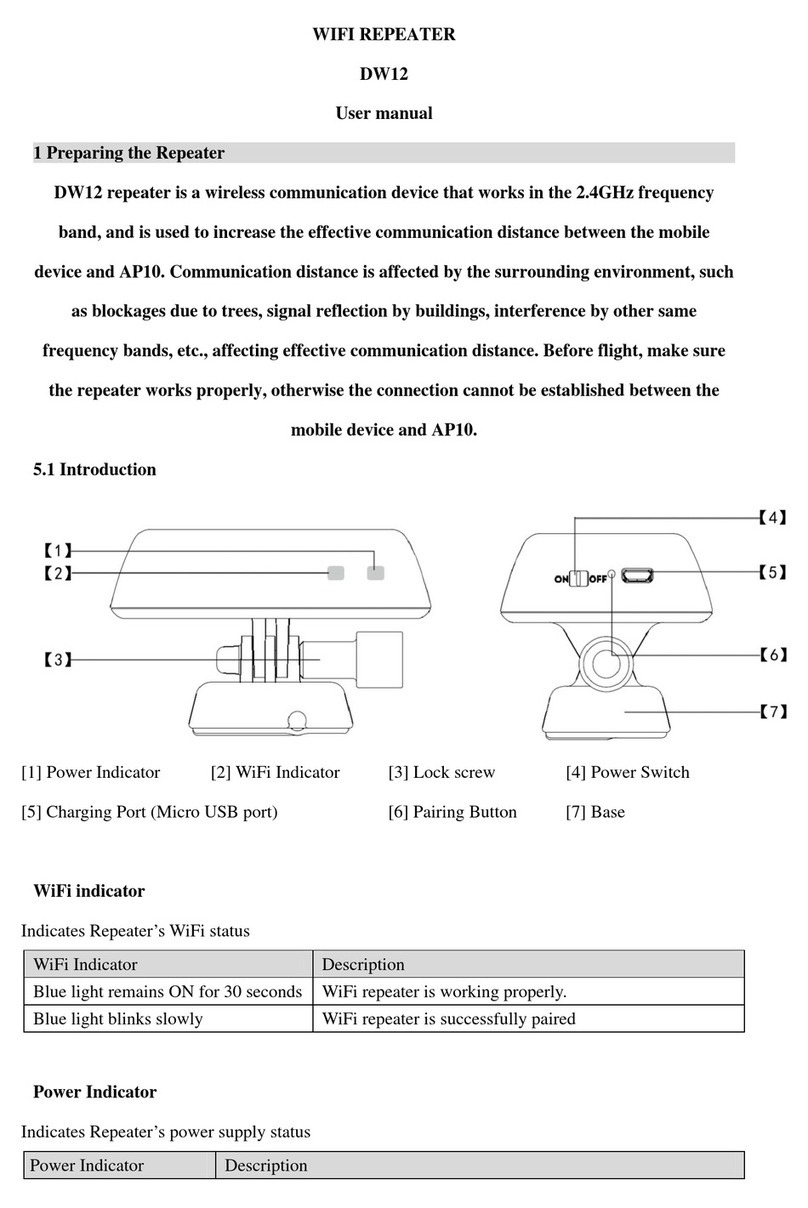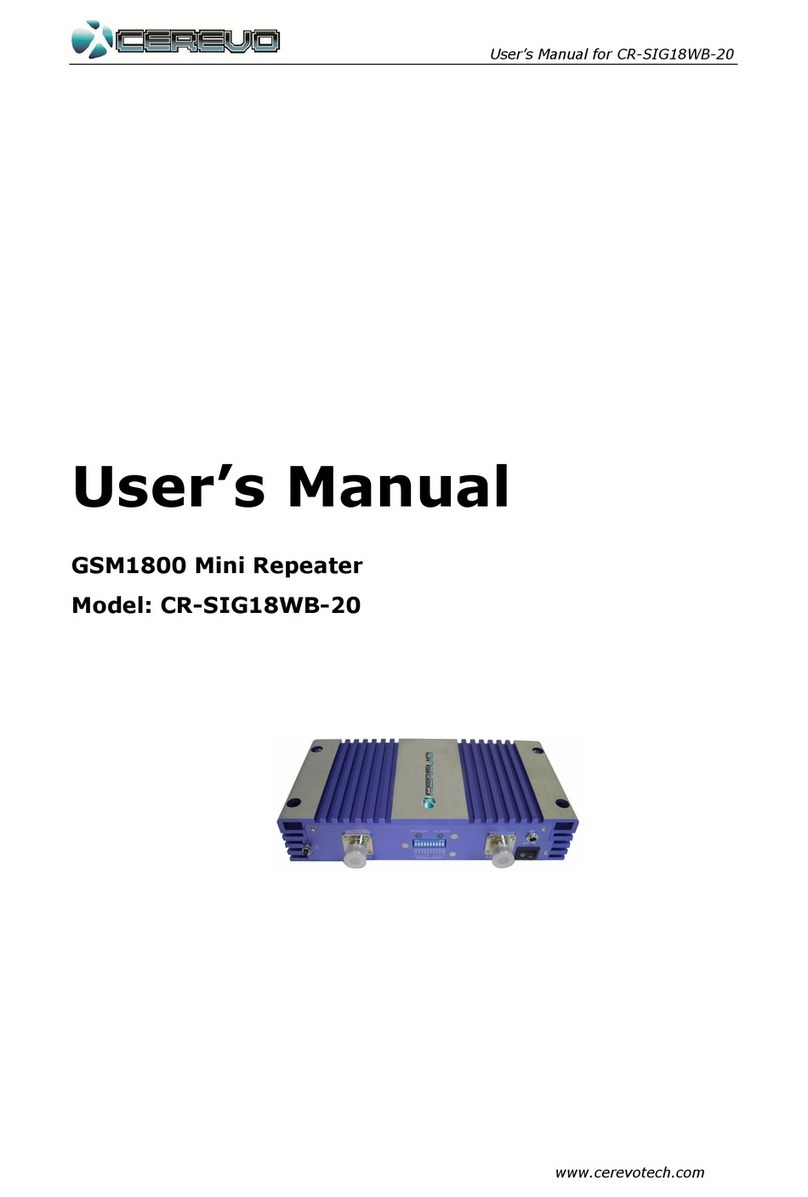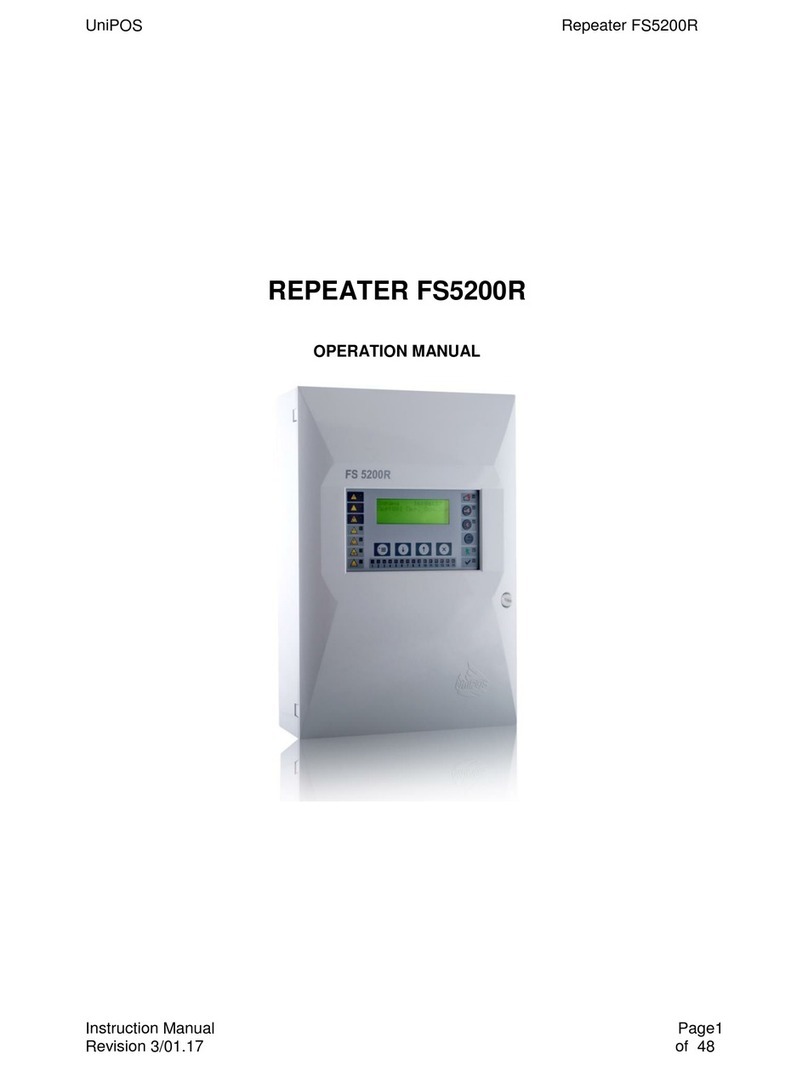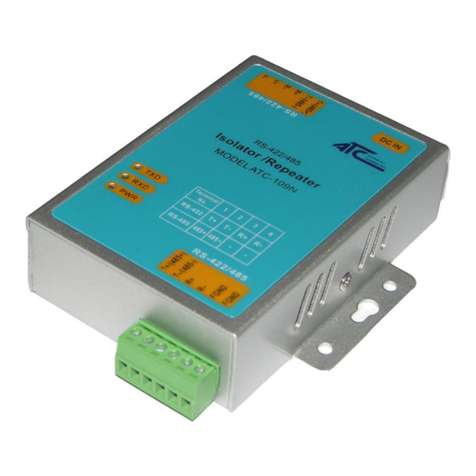
INSTALLATION AND CONNECTIONS
After unpacking, immediately report any damage
to the delivering carrier or dealer. Keep the
For a description and a diagram of accessory
equipment included with the CY-F121S/221S
series, see ʻSupplied accessoriesʼ of this
Select a location for the repeater that allows
adequate air circulation, free from extreme
heat, cold, or vibrations, and away from TV
sets, TV antenna elements, radios and other
For radio communications, the antenna is of
critical importance, along with output power and
sensitivity. Select antenna(s), such as a well-
matched 50 Ω antenna, and feedline. 1.5:1 or
better of Voltage Standing Wave Ratio (VSWR)
is recommended for desired band. Of course, the
transmission line should be a coaxial cable.
CAUTION: Protect repeater from lightning
by using a lightning arrestor.
NOTE: There are many publications
covering proper antennas and their
installation. Check with your local dealer for
more information and recommendations.
A duplexer is separately required when only
one antenna is used for both transmitting and
receiving. Select a duplexer according to the
transmitting and receiving frequencies. Ask your
To prevent electrical shock, television interference
(TVI), broadcast interference (BCI) and other
problems, ground the transceiver through the
[GND] terminal on the rear panel.
For best results, connect a heavy gauge wire or
strap to a long earth-sunk copper rod. Make the
distance between the [GND] terminal and ground
[GND] terminal to a gas or electric pipe,
since the connection could cause an
explosion or electric shock.
TYPE-N CONNECTOR INSTALLATION EXAMPLE
TYPE-N CONNECTOR INSTALLATION EXAMPLE
Slide the nut, at washer, rubber gasket and clamp over the coaxial
Slide the nut, at washer, rubber gasket and clamp over the coaxial
cable, then cut the end of the cable evenly.
cable, then cut the end of the cable evenly.
Strip the cable and fold the braid back over the clamp.
Strip the cable and fold the braid back over the clamp.
Soft solder the center conductor. Install the center conductor pin and
Soft solder the center conductor. Install the center conductor pin and
Carefully slide the plug body into place aligning the center conductor
Carefully slide the plug body into place aligning the center conductor
pin on the cable. Tighten the nut onto the plug body.
pin on the cable. Tighten the nut onto the plug body.
30 mm ≈ 9⁄8 in 10 mm ≈ 3⁄8 in 1–2 mm ≈ 1⁄16 in




















